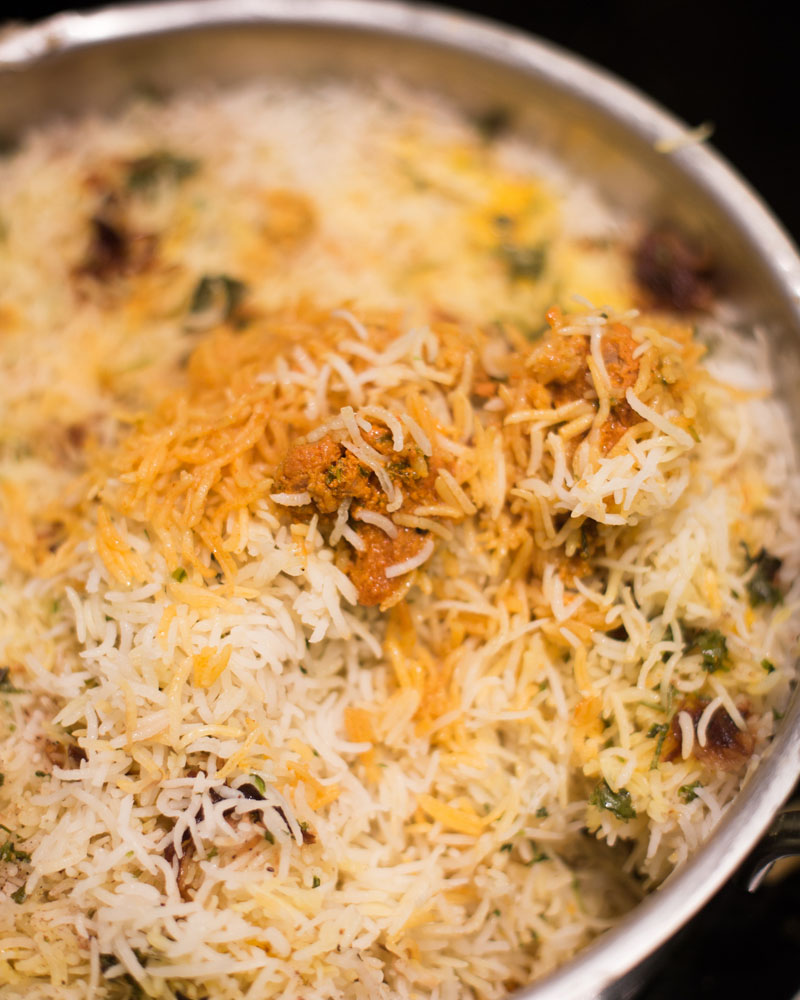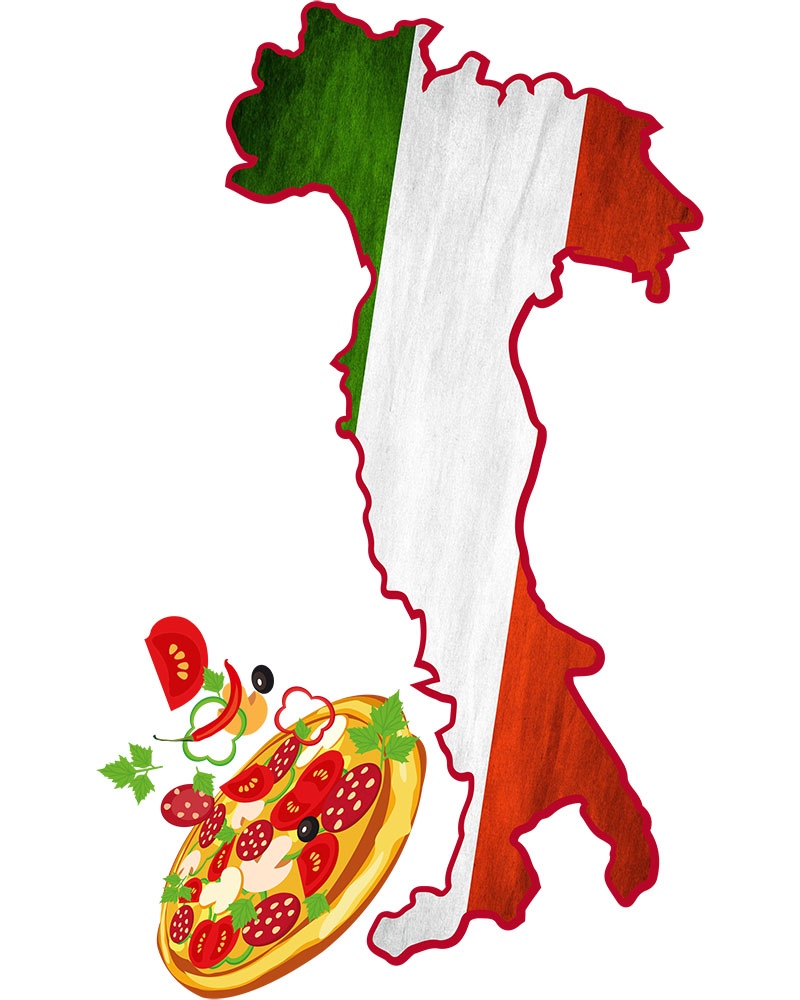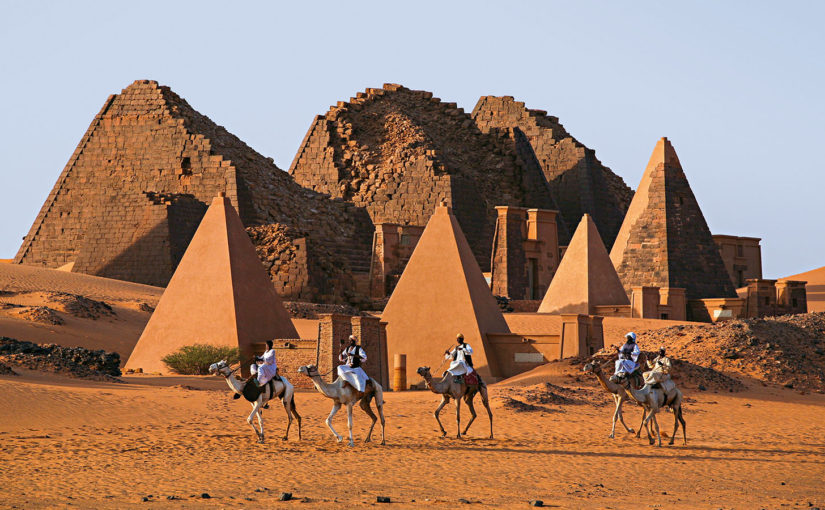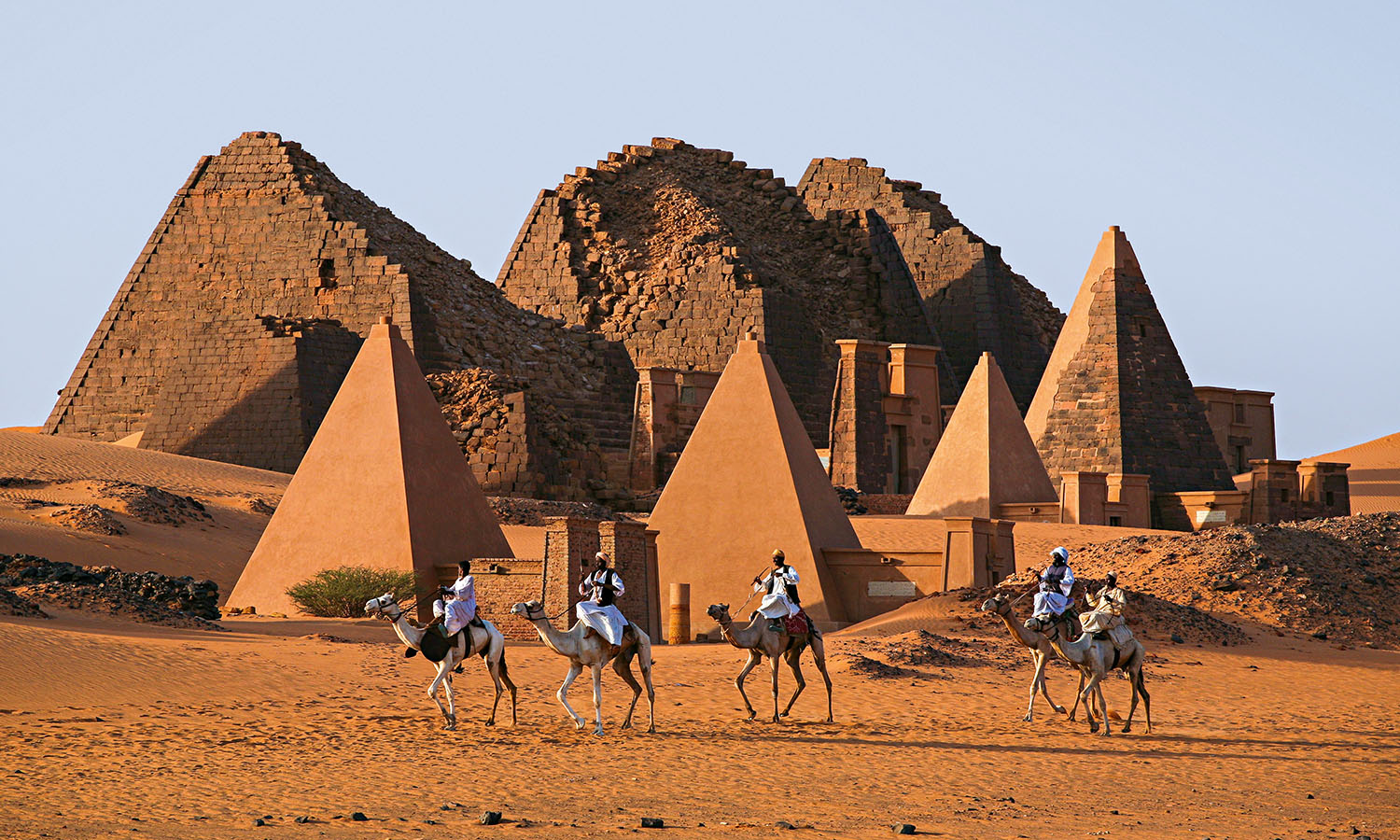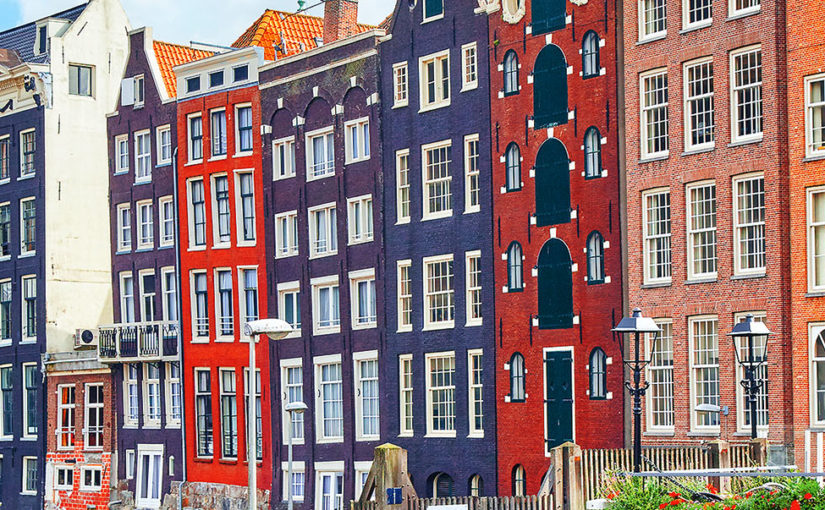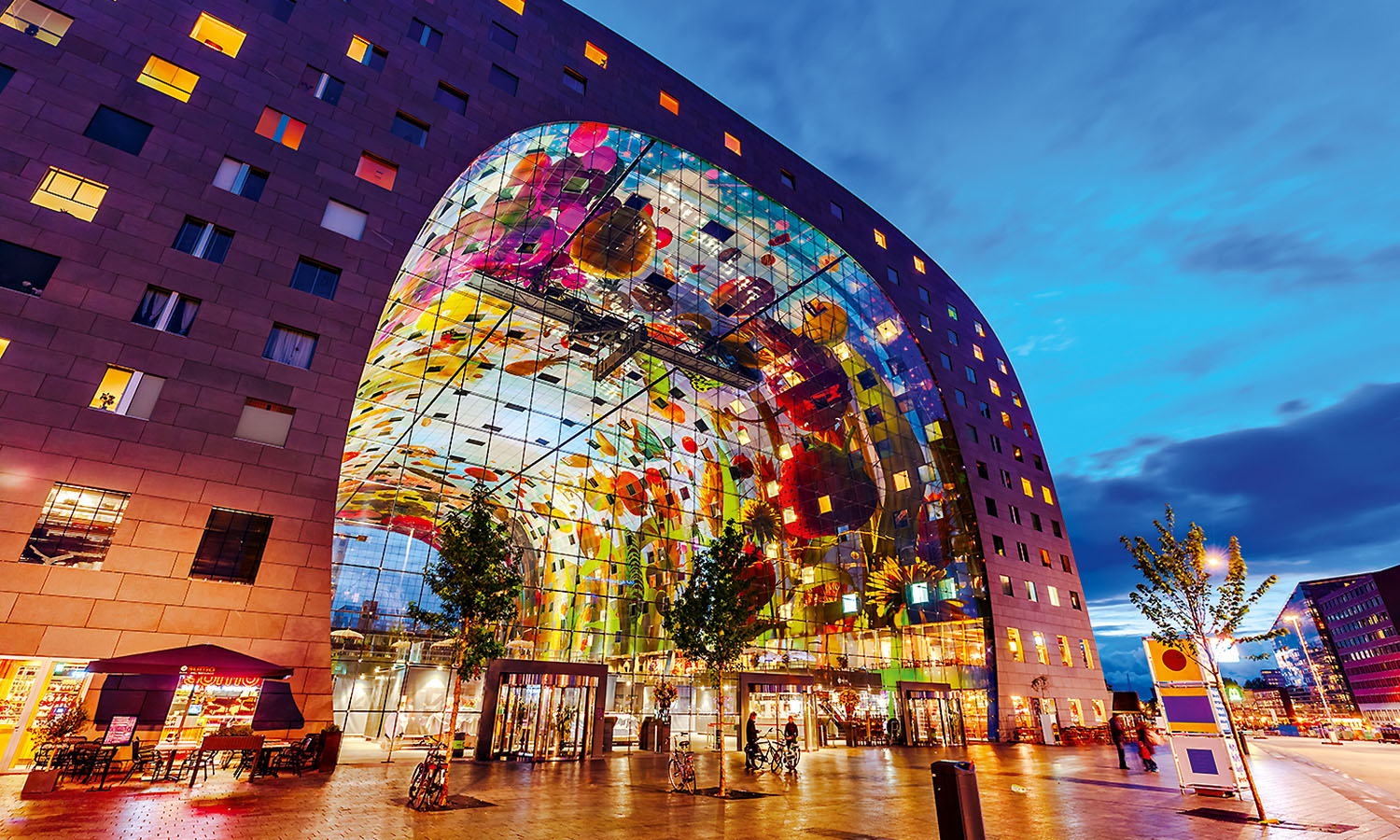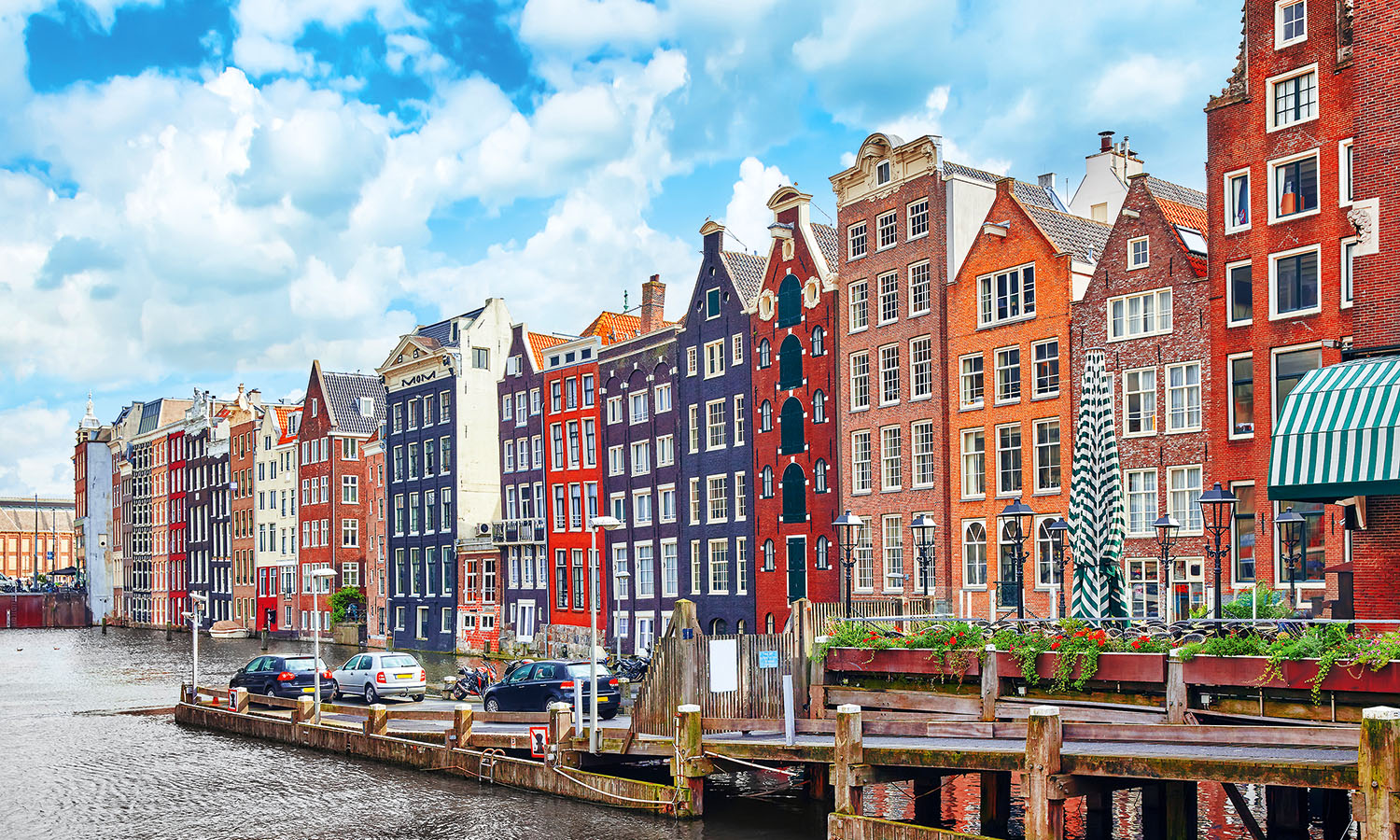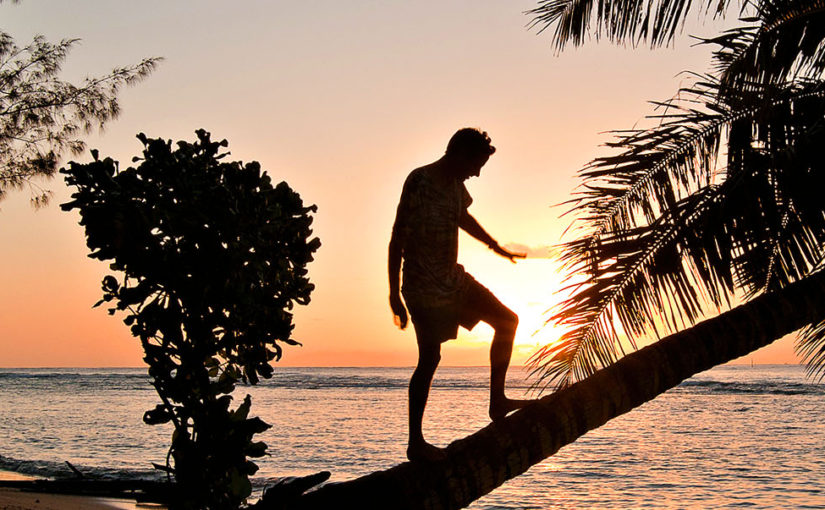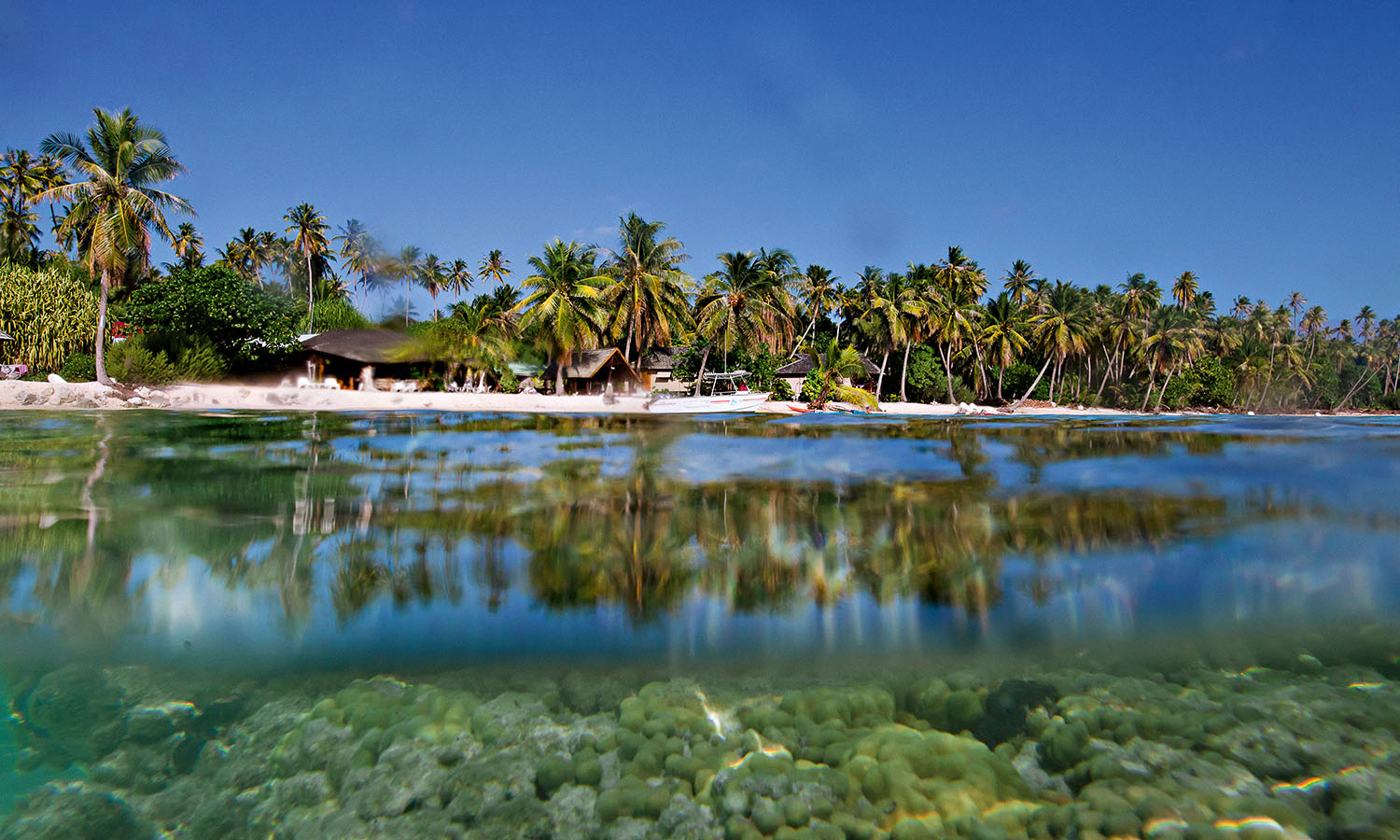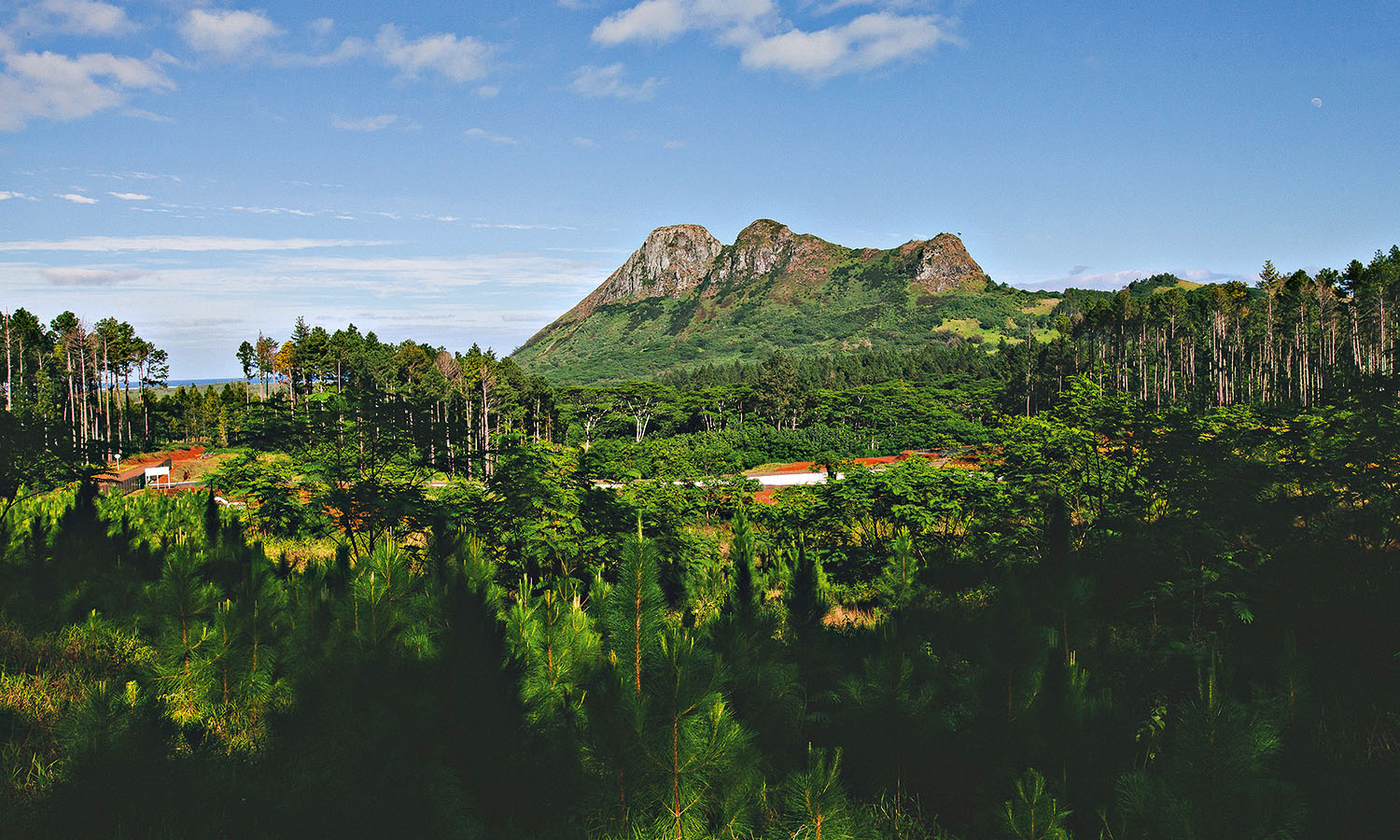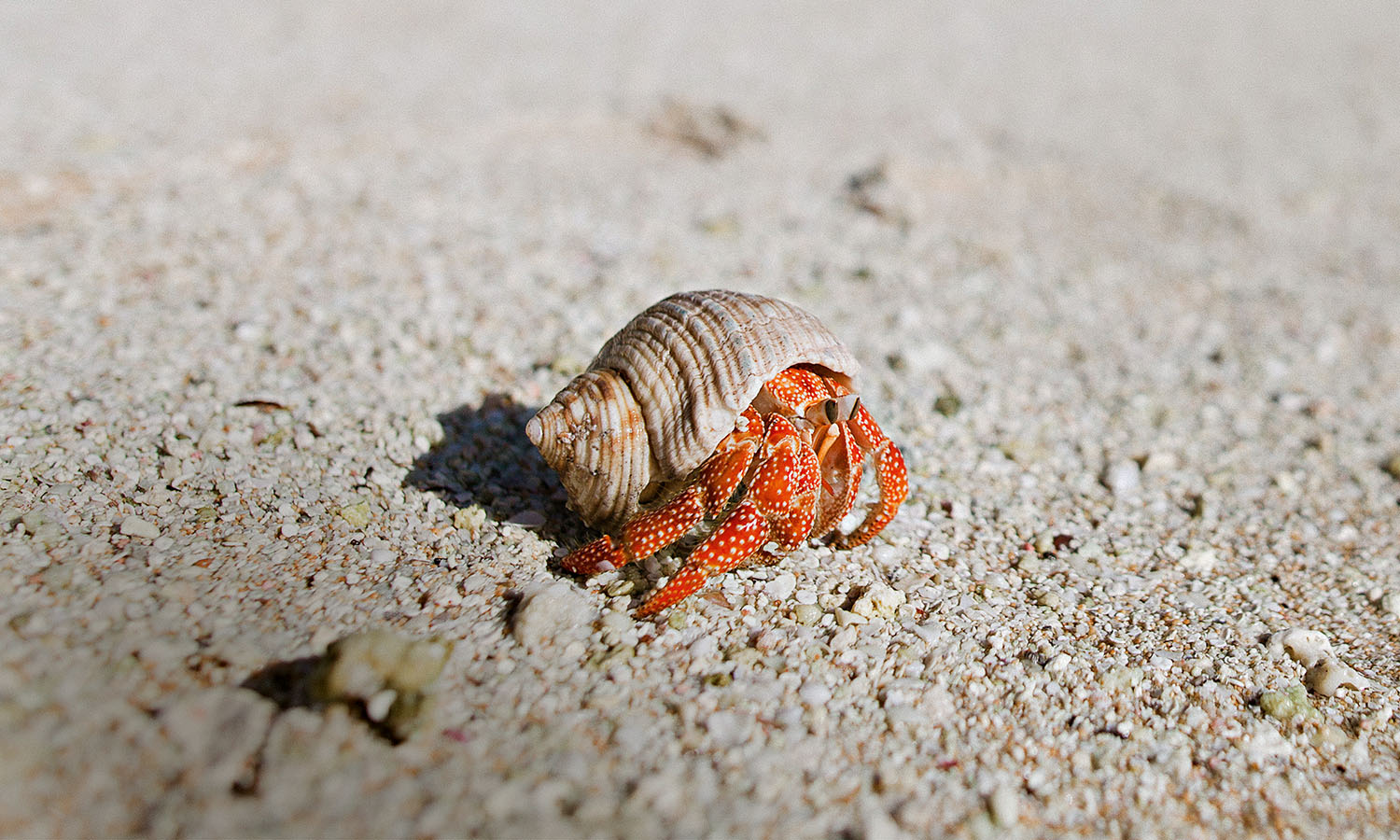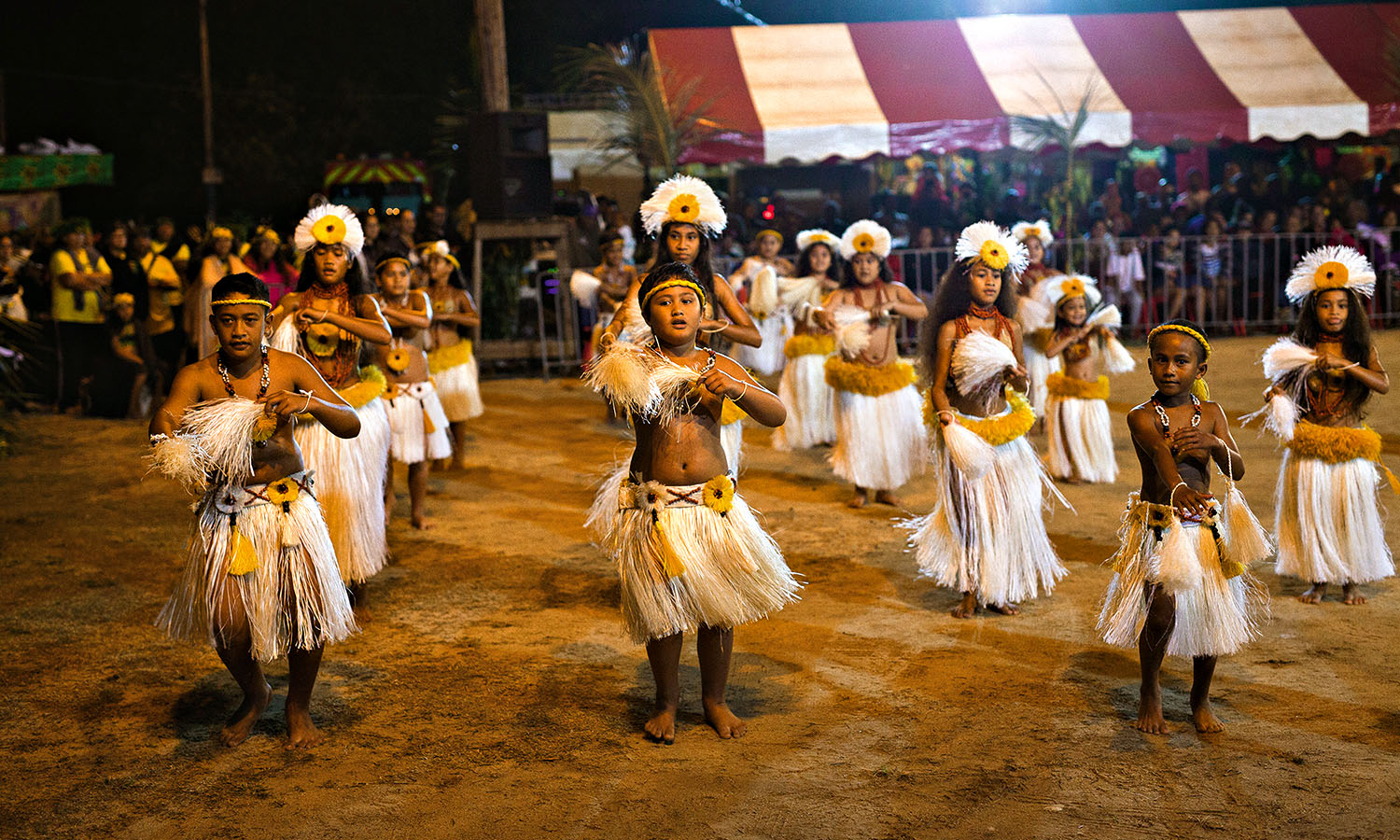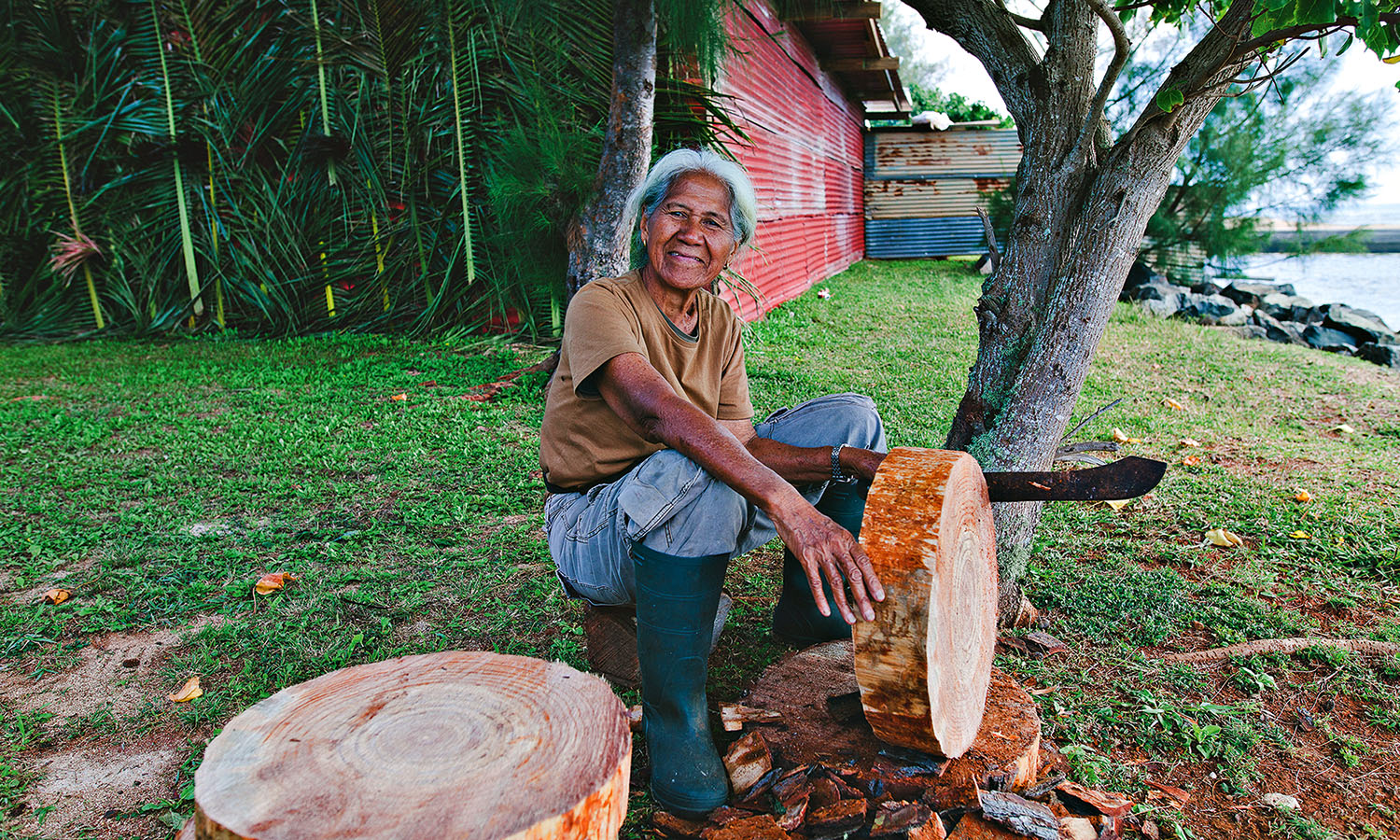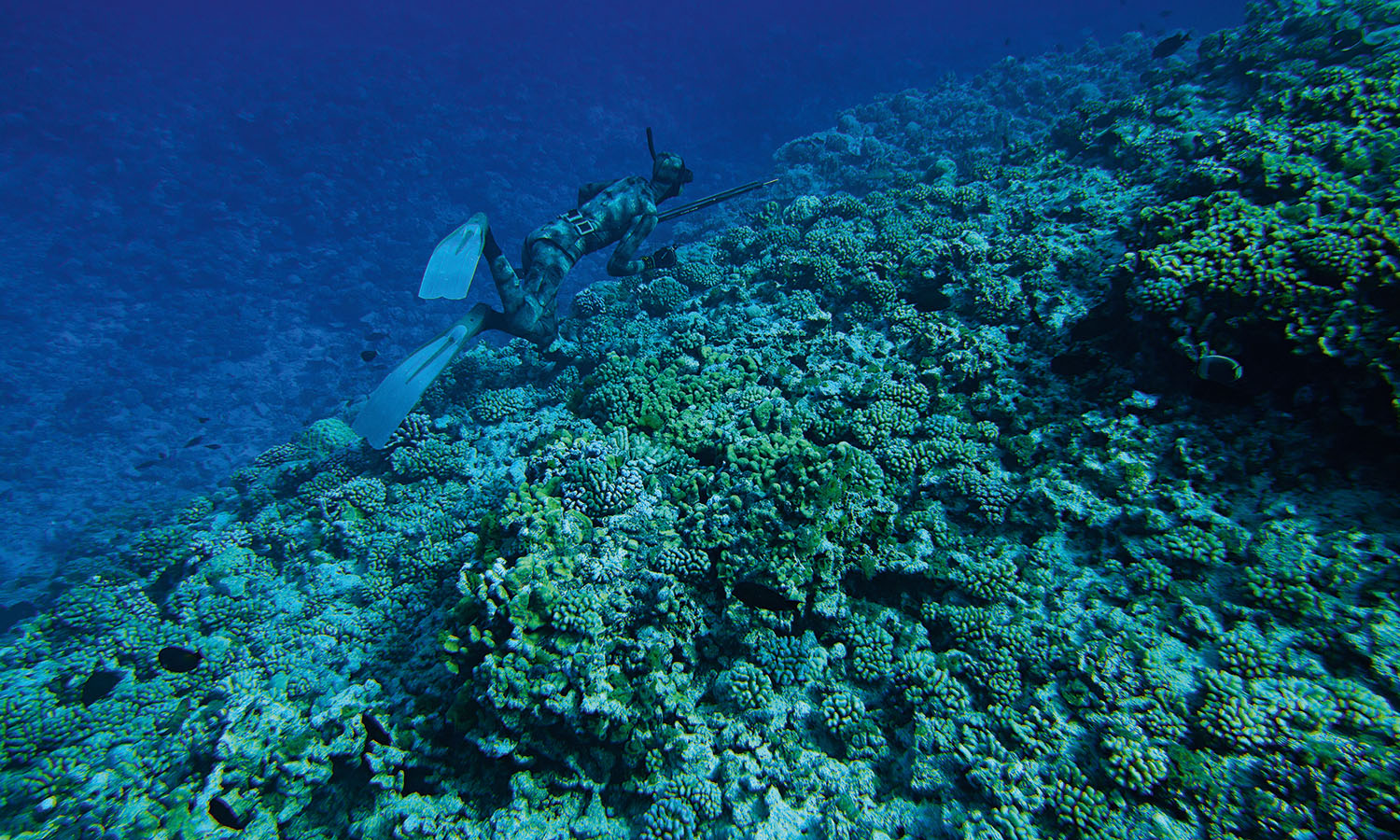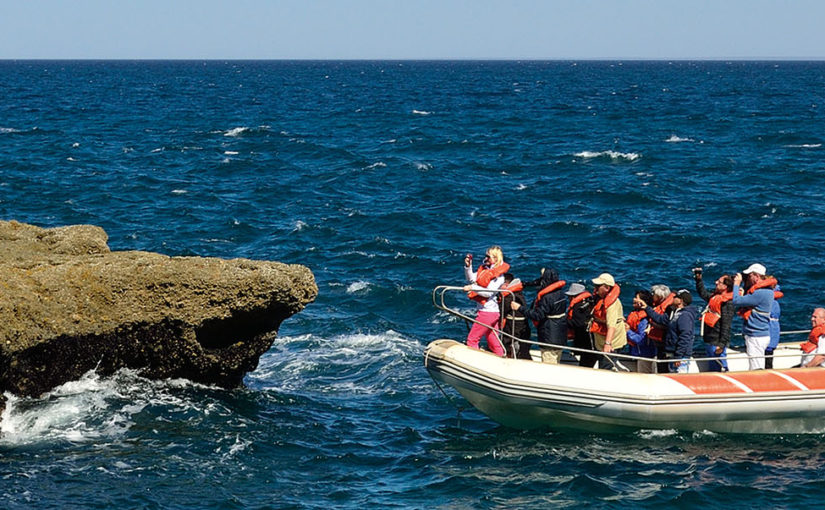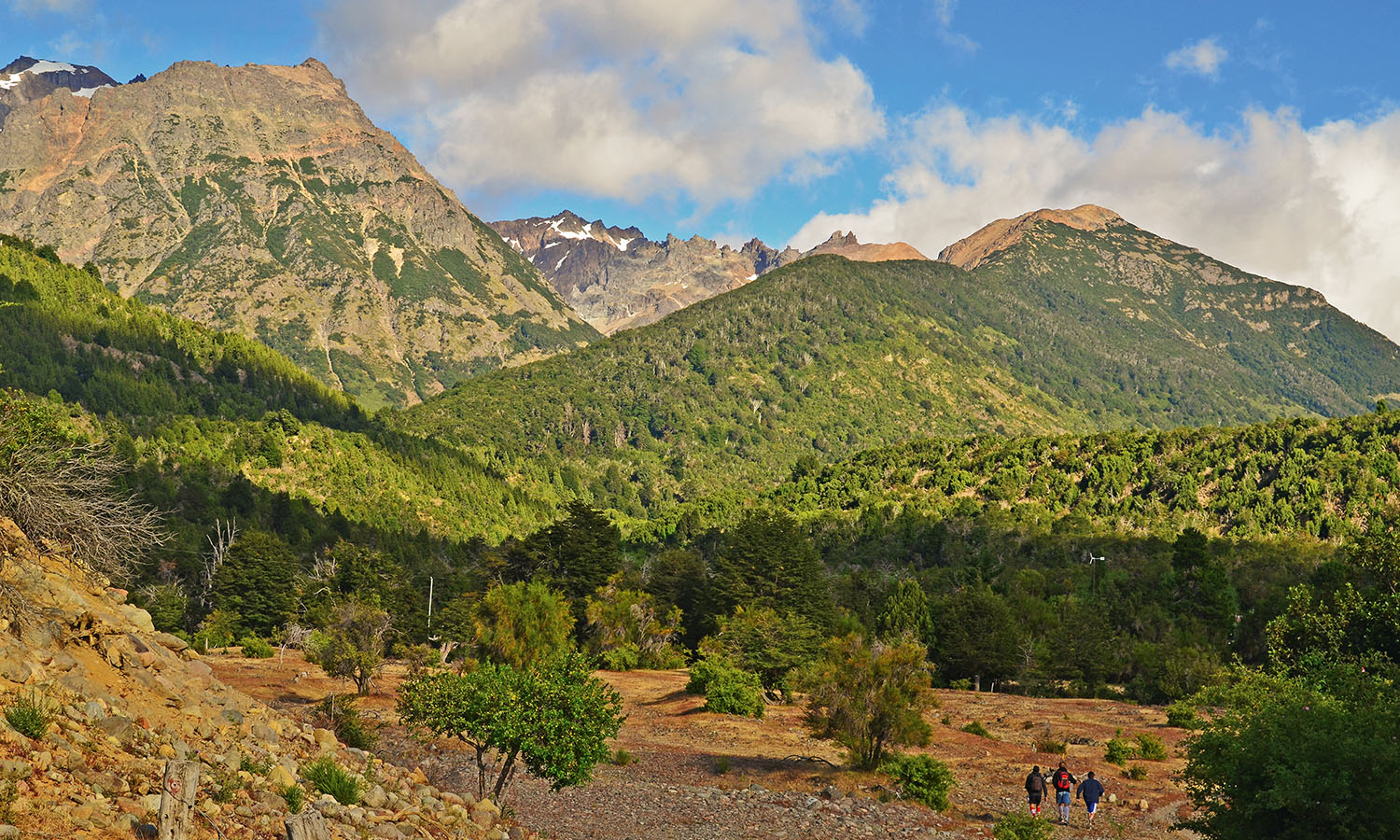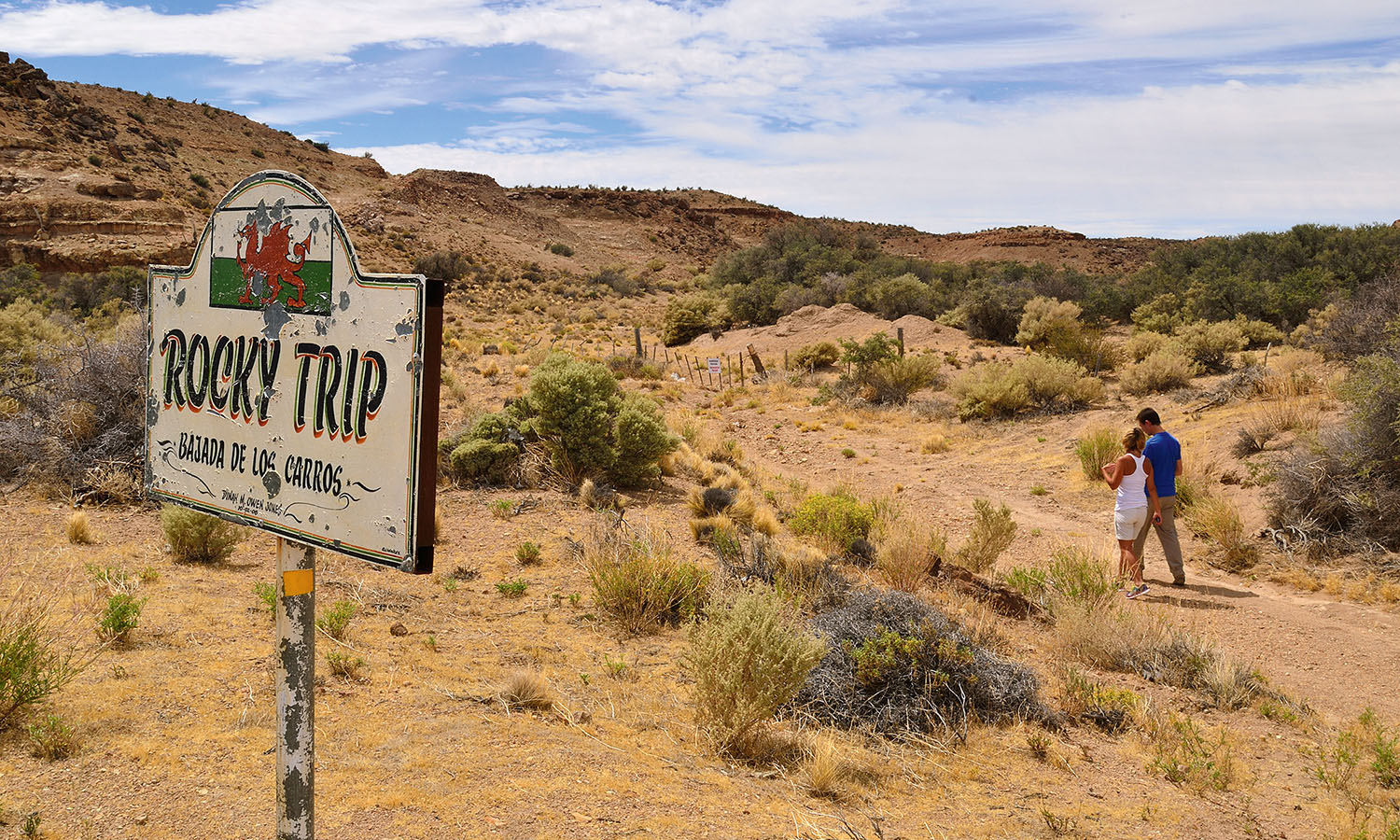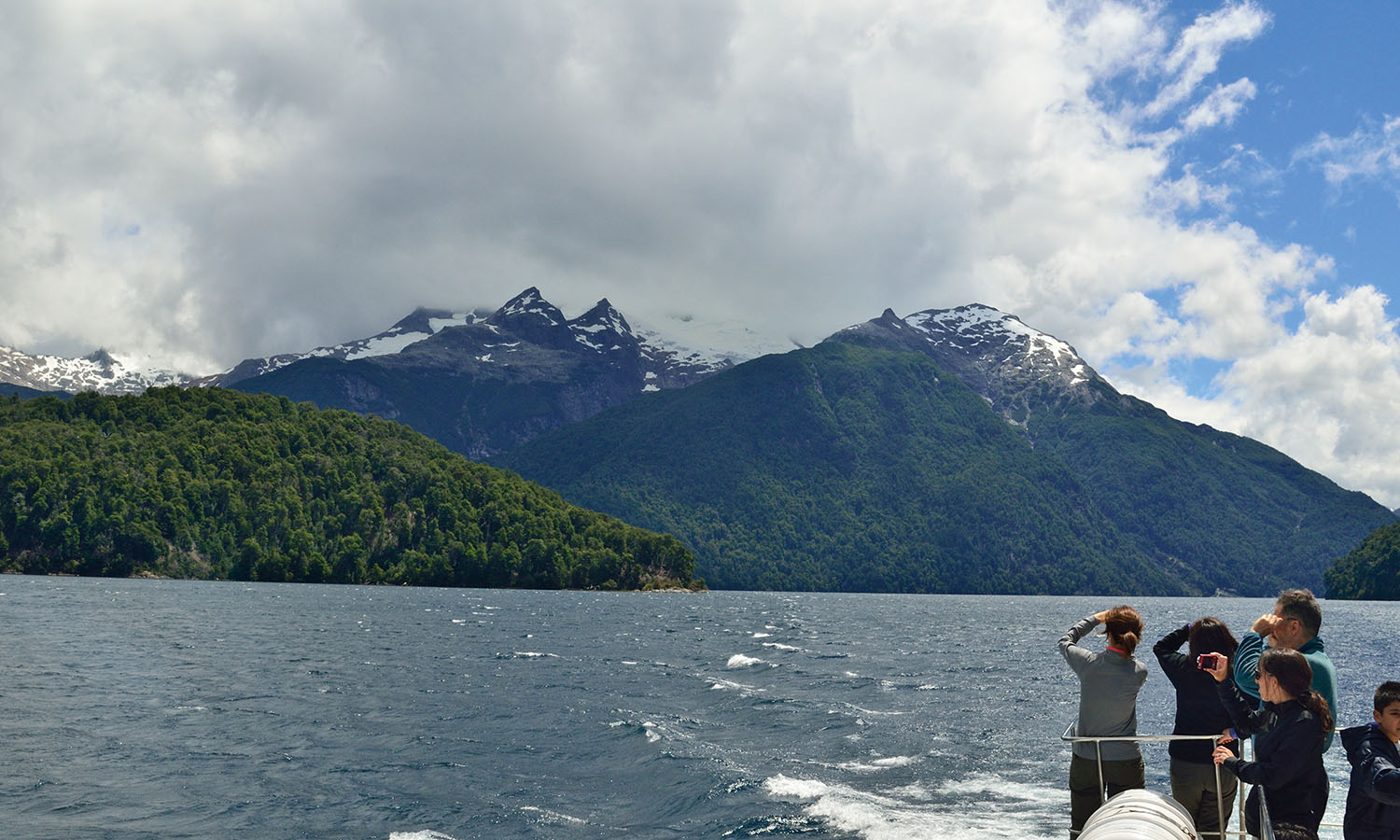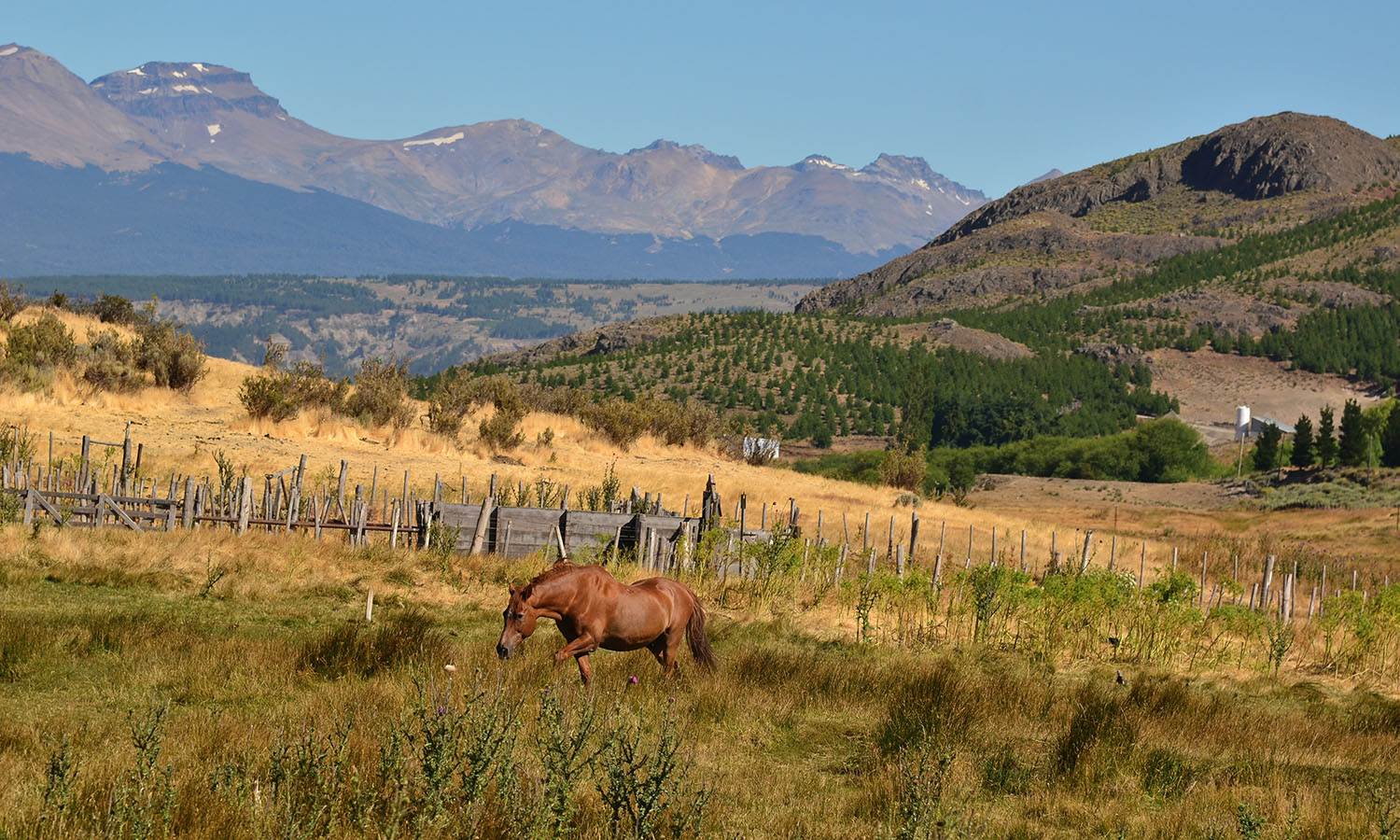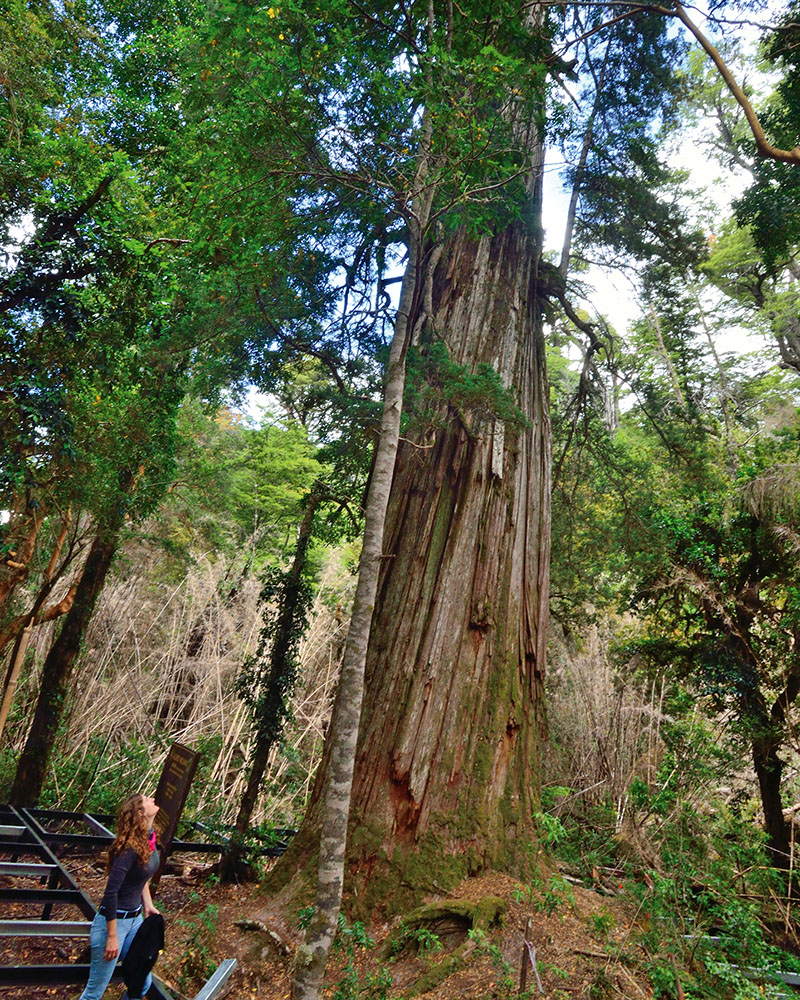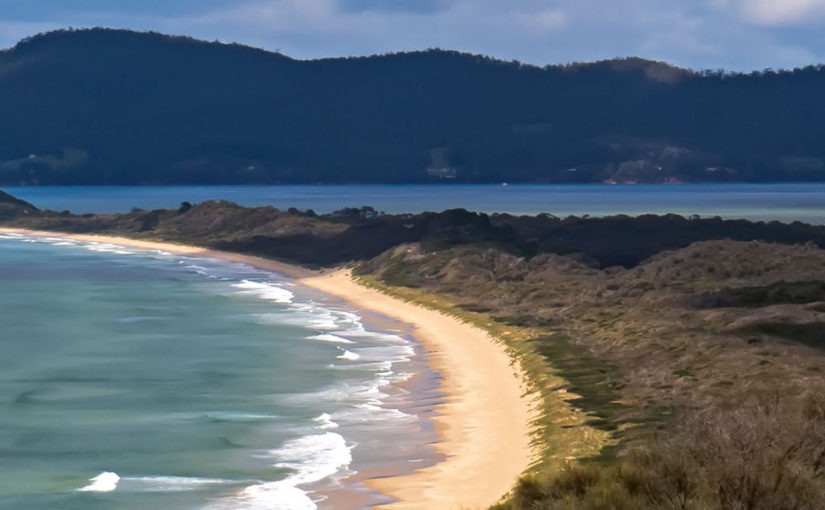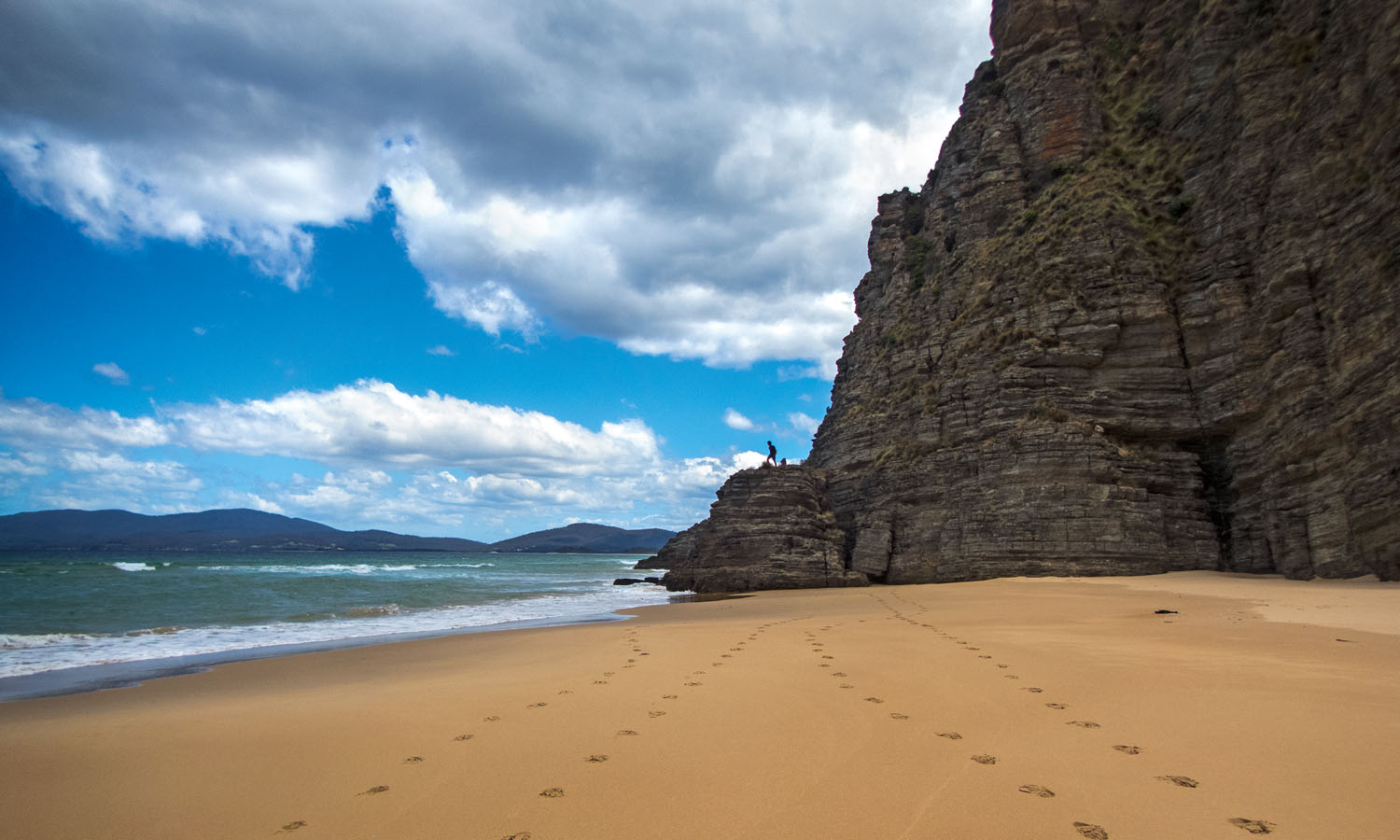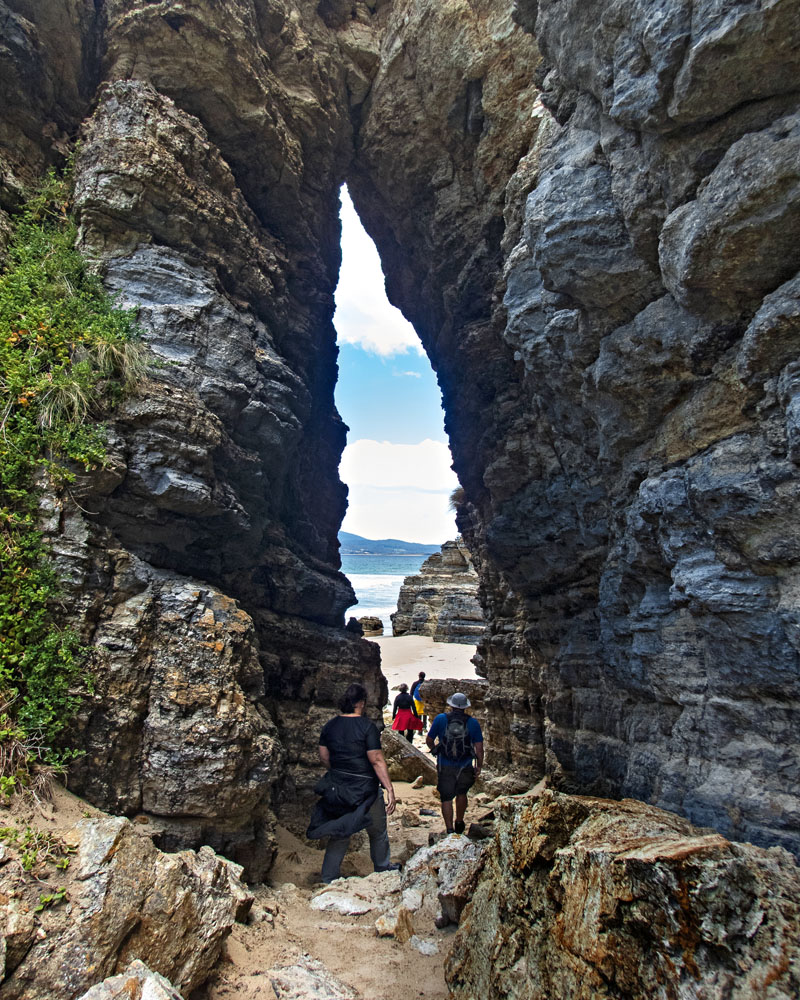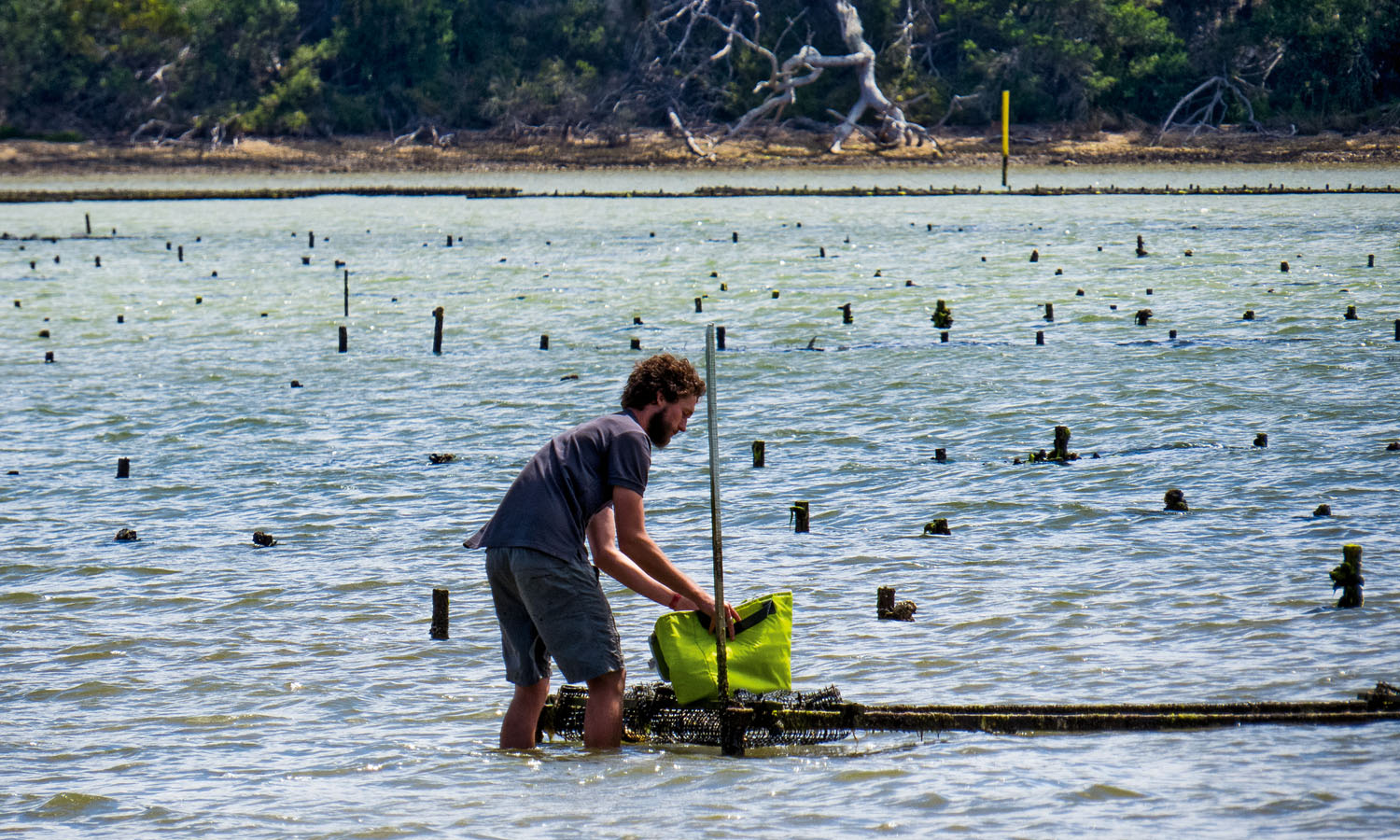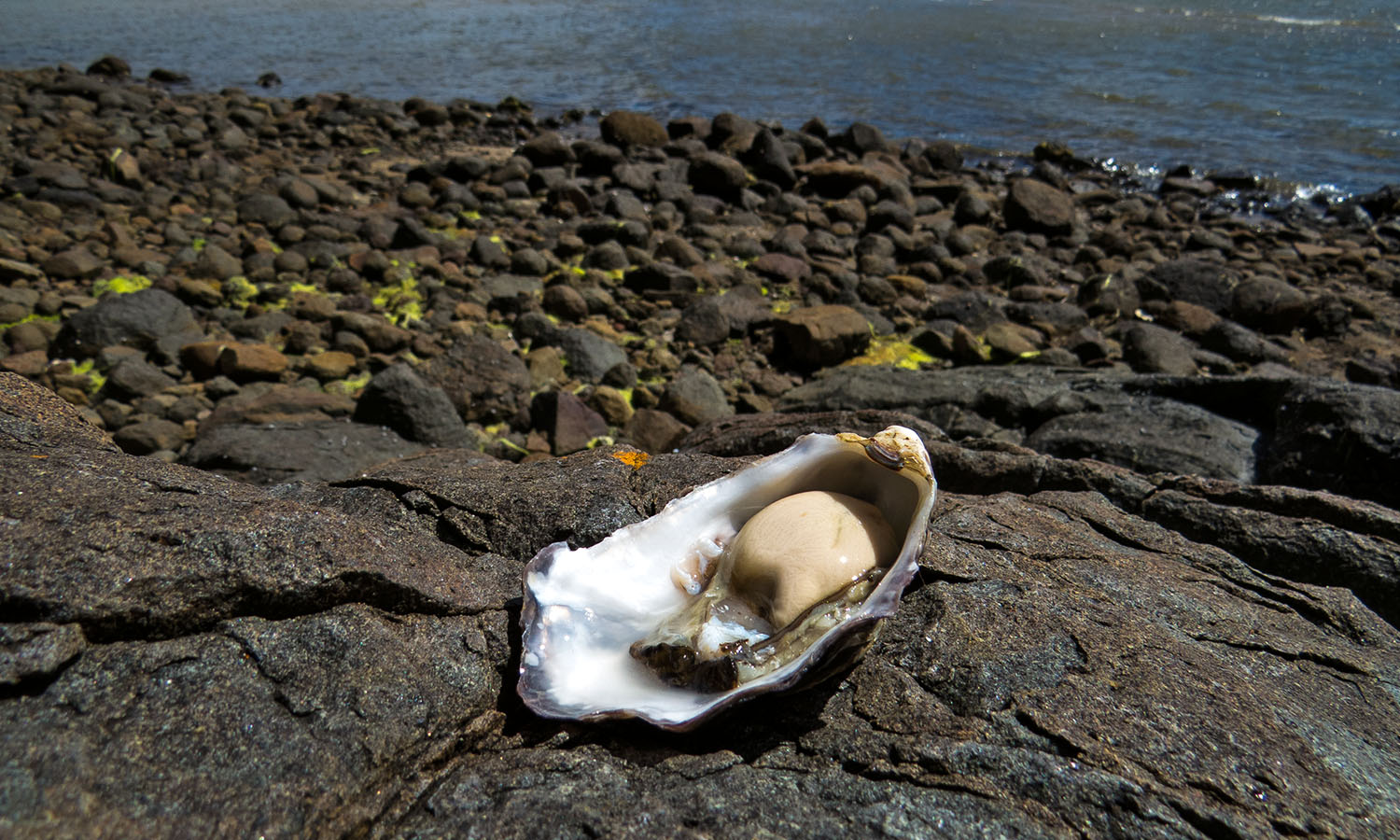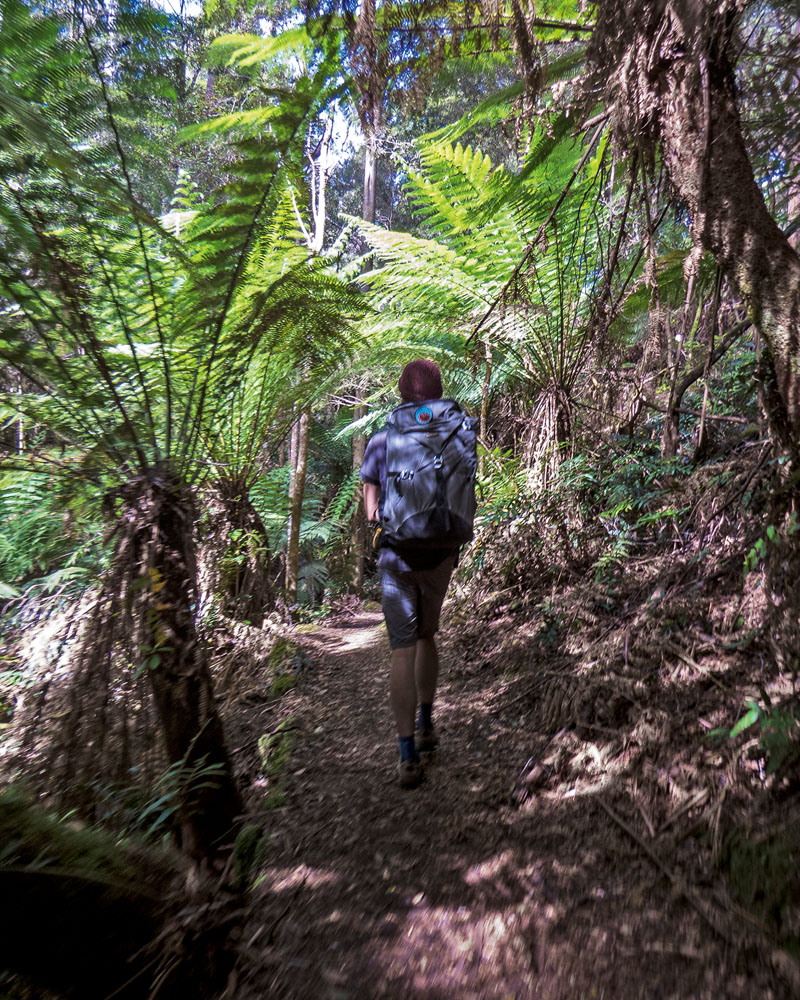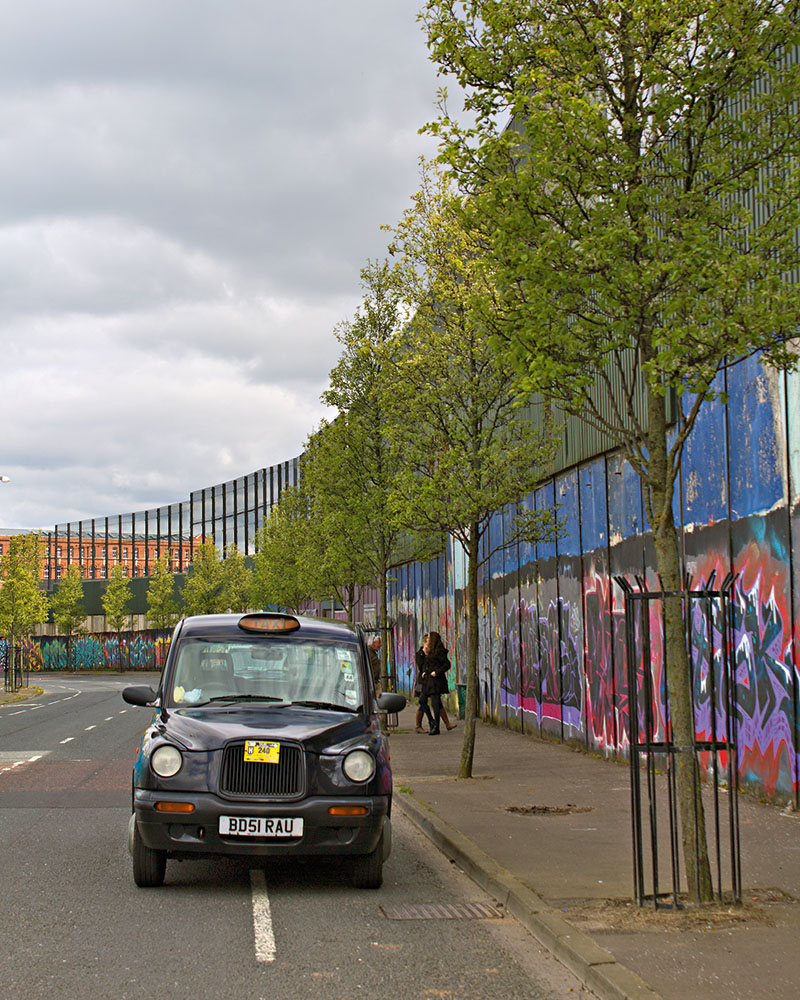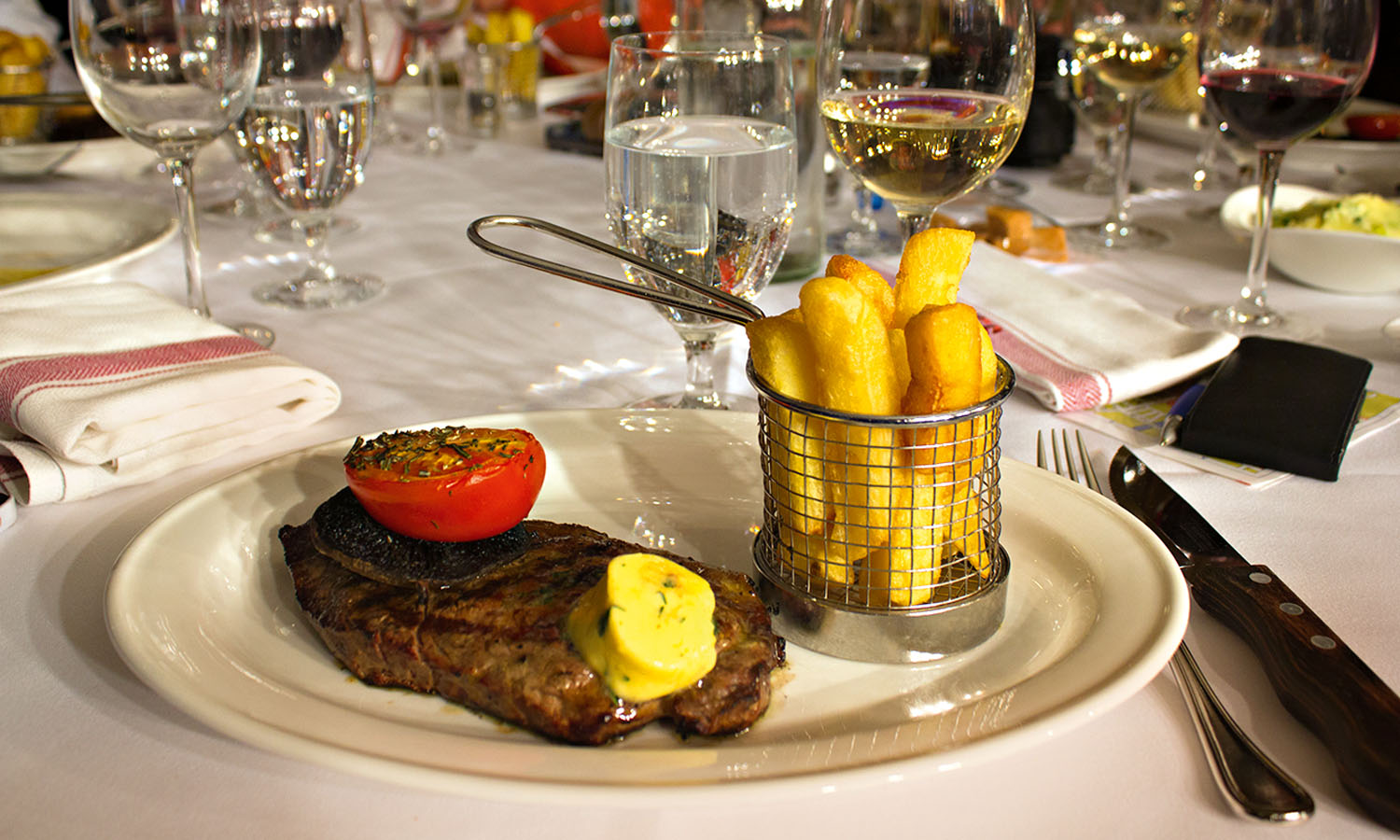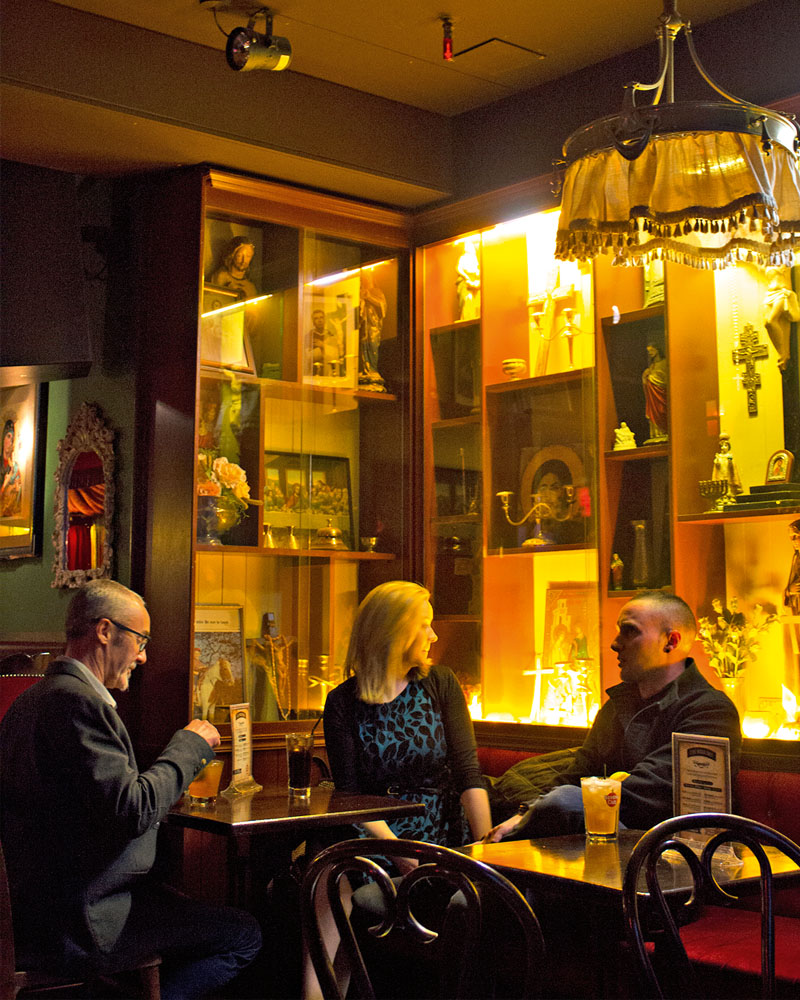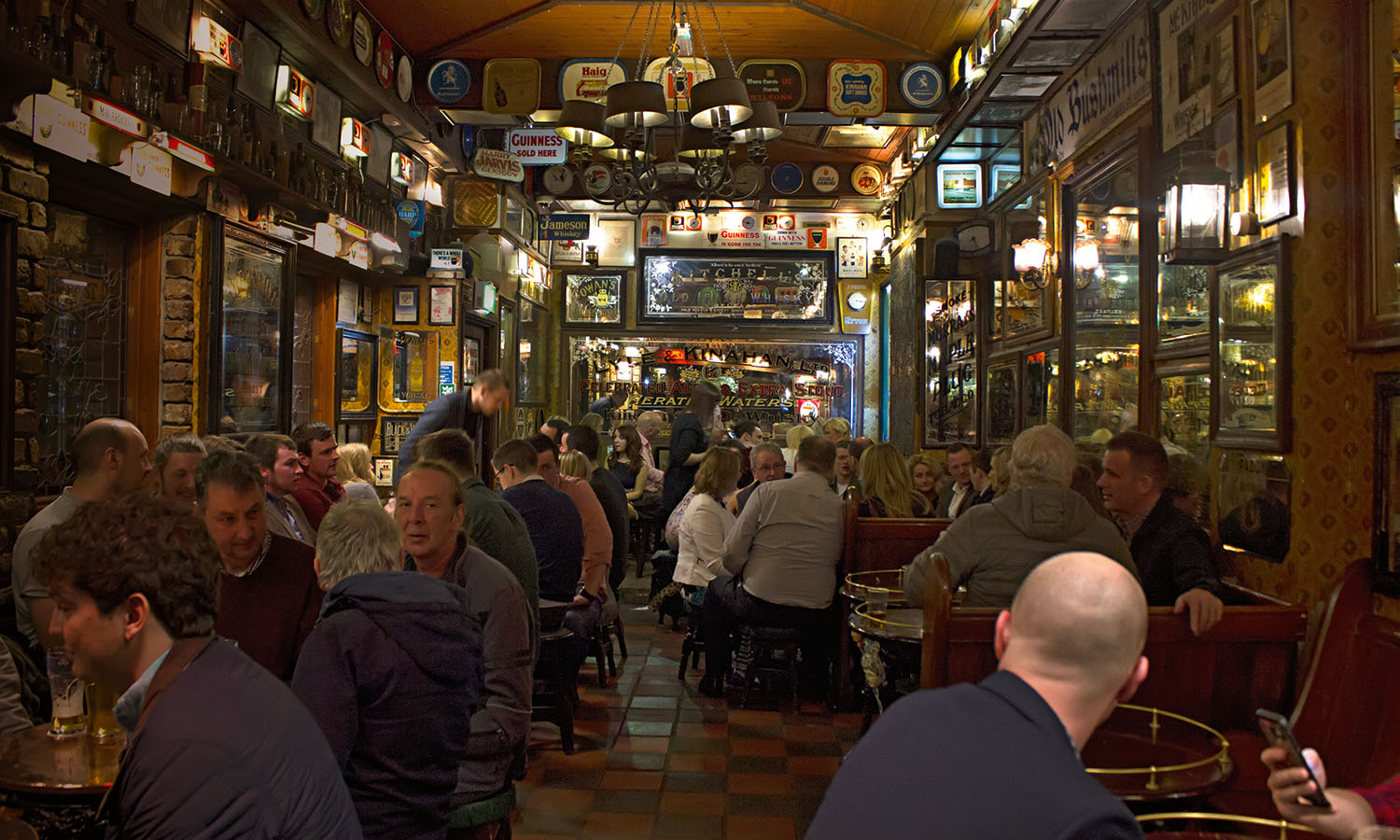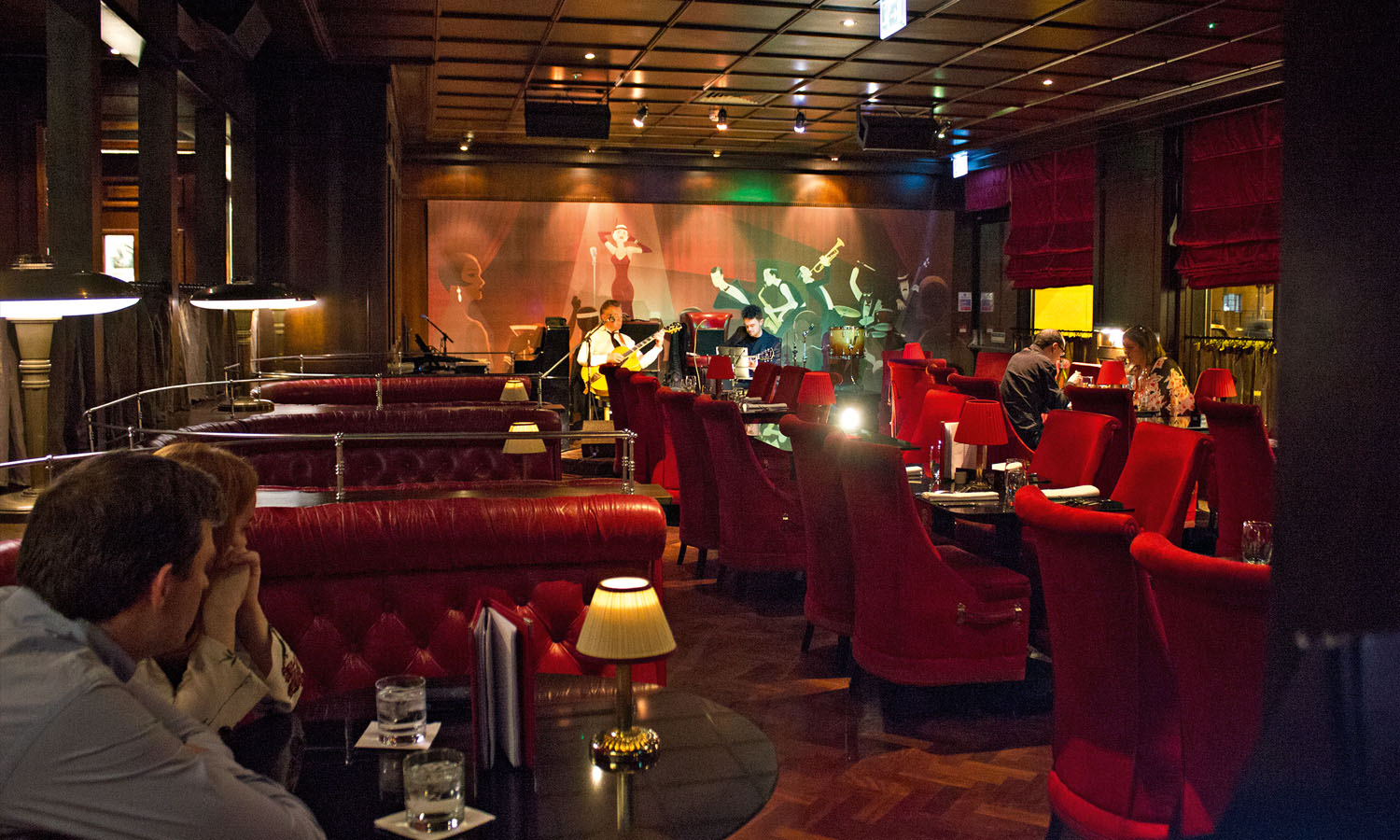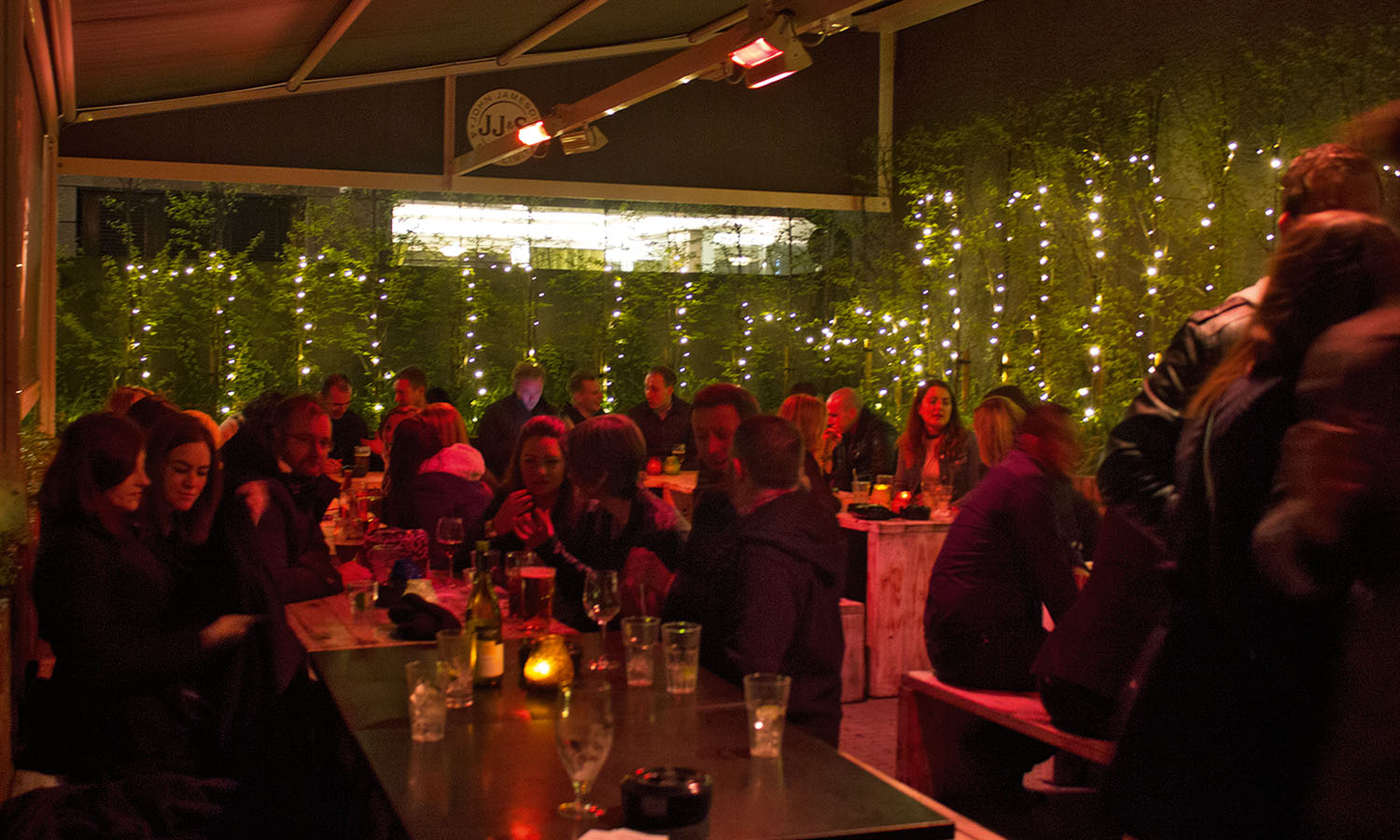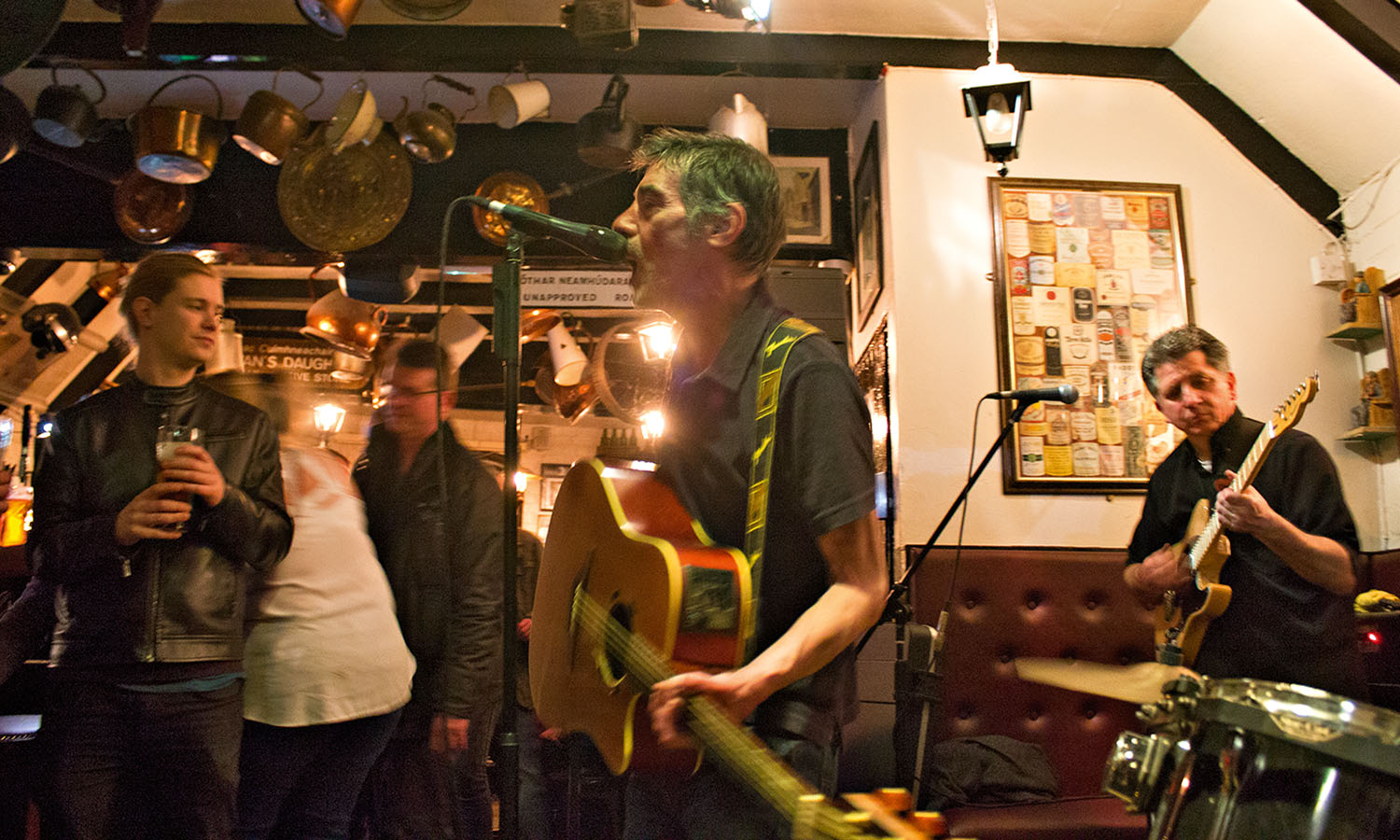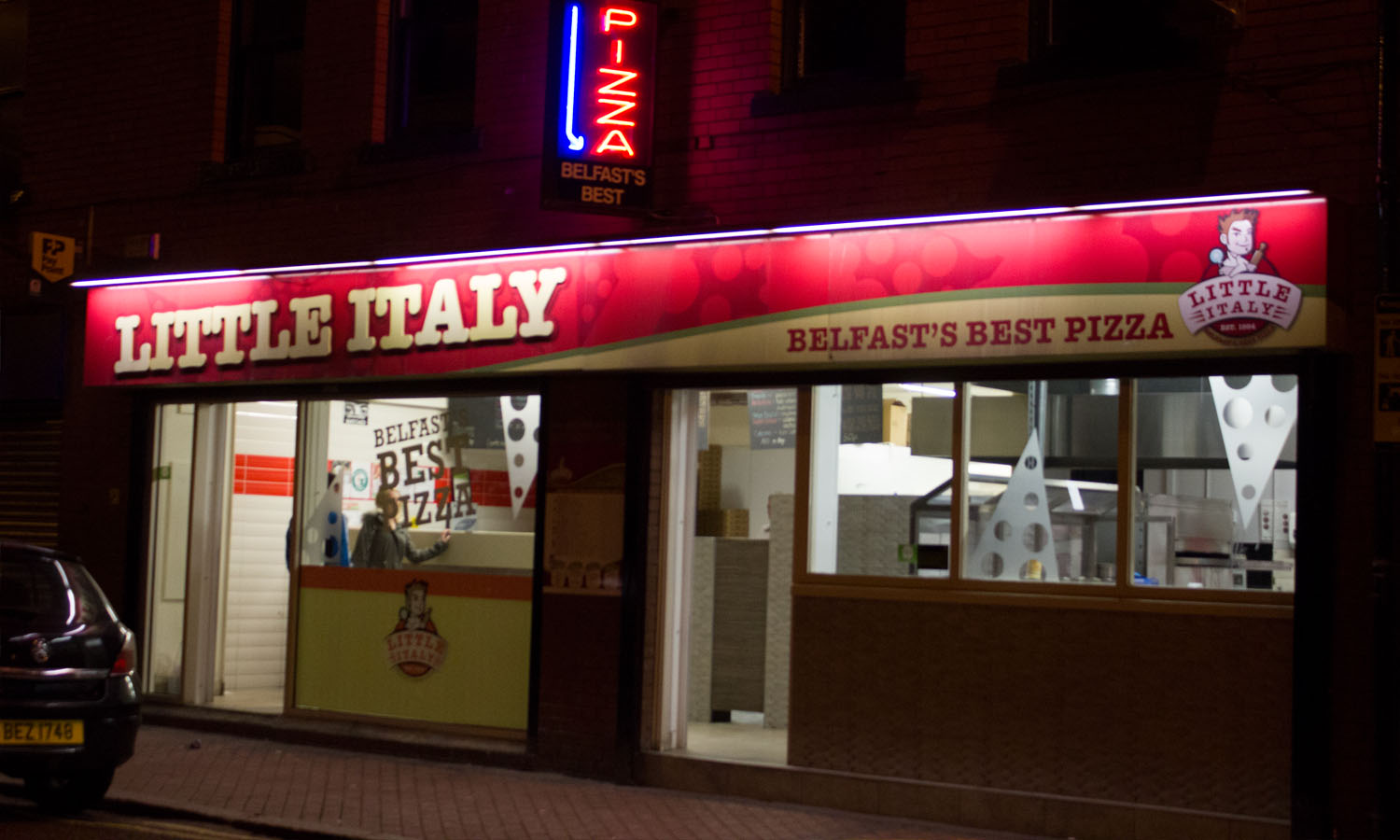Hyderabad, grounded in history as the notorious pearl and diamond-trading centre of the East, was once one of the richest cities in India. And Osman Ali Khan, the last of seven Nizams to rule the city, was among the richest men in the world during his reign that spanned from 1911 to 1948. As a result, this southern Indian city is known for its lavish palaces, mosques and monuments, along with its rich and fragrant dishes generously seasoned with spices found in the country’s north and south. Add Persian, Arab and Turkish influences to the fresh, local ingredients and you have authentic and often decadent Hyderabadi cuisine.
With the city boasting more than 6.8 million locals, the walkways are frenetic, but there’s nothing to stop me from sampling some of the region’s finest street dishes. I snack on almost everything I lay eyes on, including lukhmi (small, square-shaped meat pastries) and mini onion samosa. I polish off the southern version of dahi vada (lentil dumplings in yoghurt flavoured with curry leaves and mustard seeds), and wash it down with a light buttermilk lassi (dairy-based drink) infused with rose syrup and blackened by cooling chia-like seeds.
I also devour the favourite local street snack mirchi ke bhajiye, a stuffed, deep-fried green chilli slathered in chickpea batter. It is delicious and only mildly spicy. Another local specialty is marinated mutton cooked on a hot granite slab. The meltingly tender meat bursts with flavour, despite only being served with lime wedges and red onion.
Although Hyderabad’s street food scene is an inspiring and delicious experience, the famous biryani (fragrant rice) is what I have really come to try. Regions around South Asia cook biryani quite differently, although it usually features chicken or mutton, and Hyderabad’s version is akin to the grandfather of this loved dish. Alchemy must occur within the pot, as the rice and meat are cooked together, but neither is overdone or undercooked. Delicate and fragrant, both ingredients retain their own flavours, while sharing a little of their taste to enhance the other.
As the most popular dish in Hyderabad, you’ll find biryani served almost everywhere, from local vendors to high-end restaurants, but the basic recipe remains the same, with the age-old traditional formula brought in by Muslim travellers centuries ago. I’m lucky enough to be invited to dinner at Nawab Mehboob Alam Khan’s the residence of – Hyderabad’s culinary king – for an authentic home-cooked feast and his take on biryani.
The deghra (traditional copper pot) his dish is cooked in is so big two people are needed to haul it into the room. A large knife is used to break the ‘seal’ on the lid and reveal the freshly cooked mutton and rice inside. This process, known as ‘dum’ cooking, sees dough clamped over the top to ensure no steam can escape. I’m told that once the pastry becomes browned and puffed the meal is ready to eat.
The Hyderabad biryani is normally served with a green chilli curry full of complexity and more akin to local southern cooking than to the Mughal-influenced food of the north. But for me the biryani is best served plain, as it needs little else. Especially Nawab Mehboob Alam Khan’s variety, which is delicious, moist and has lovely texture.
Hyderabad manifests the diversity of India’s cuisine, combining careful, classic cooking with quality ingredients to make meals that satisfy everyone, whether an individual eating a single samosa on the streets, a family dining on warmed biryani or a nation brought together by a rich, culinary landscape.
Anjum Anand’s supermarket range of sauces and daals called The Spice Tailor is available at Coles and Woolworths.
thespicetailor.com
ANJUM ANAND’S HYDERABAD BIRYANI
Serves 4
INGREDIENTS
12 medium onions, finely sliced
500g lamb, lean cuts of leg with bone are ideal
1 small lemon, juiced
12 green cardamom pods
6 cloves
2 x 5cm cinnamon sticks
Handful chopped coriander (leaves and stalks)
Handful chopped mint leaves
200g chapati flour or strong bread flour
500g quality basmati rice
Large pinch saffron strands
4 tbs full-cream milk
Oil to fry
Marinade
½ tbs green papaya paste
(grate the flesh only)
½ tsp red chilli powder (or to taste)
1 tsp garam masala
¾ tsp shahi jeera (black cumin seeds),
lightly pounded
10g ginger, made into a paste
4 large garlic cloves, made into a paste
110g plain yoghurt
Salt and freshly ground pepper
METHOD
1. Heat 5cm oil in a medium-sized saucepan and deep-fry the onions until just brown and crisp. Remove with your slotted spoon and place on paper towel. Reserve the oil.
2. Wash the lamb well. Prick all over with a knife and place in a bowl. Add all the marinade ingredients, as well as 2½ tbs lemon juice, 3 tbs of the onion oil and two-thirds of the cooked onion, crushed using your hands. Also add half the cardamom pods, cloves, cinnamon, coriander and mint. Mix with your hands to combine the flavours. Cover and leave to marinate in the fridge for a few hours or overnight.
3. When you are ready to cook, place the meat in a heavy-bottomed pan and allow it to reach room temperature. Make a firm dough with the flour and around 150ml water. Roll into a sausage; it should be as long as the circumference of the pan.
4. Wash the rice really well and soak for 20 minutes. Meanwhile, bring a large pot of water to boil with the remaining whole spices, herbs and 2 tsp lemon juice. Season well (it should taste salty).
5. Toast the saffron in a dry pan until crisp then add the milk. Bring to a simmer and cook for 90 seconds. Take off the heat.
6. Add the soaked rice to the water, return to a boil then start timing. The rice needs to come off in three minutes. When done, drain the rice, catching some of the water in a bowl. Spoon the rice over the meat.
7. Add 100ml of hot rice water to the saffron along with another 4 tbs of the onion oil and pour evenly over the rice. Scatter over the remaining onions. Place the lid on top and seal with the dough. Place over moderate to high heat and, after seven minutes (you might be able to hear the steam building up), turn the heat right down. Cook for 50 minutes. Turn off the heat and allow to sit for 10 minutes.
8. Pull off the dough and serve the contents slightly mixed through.
 (
(


